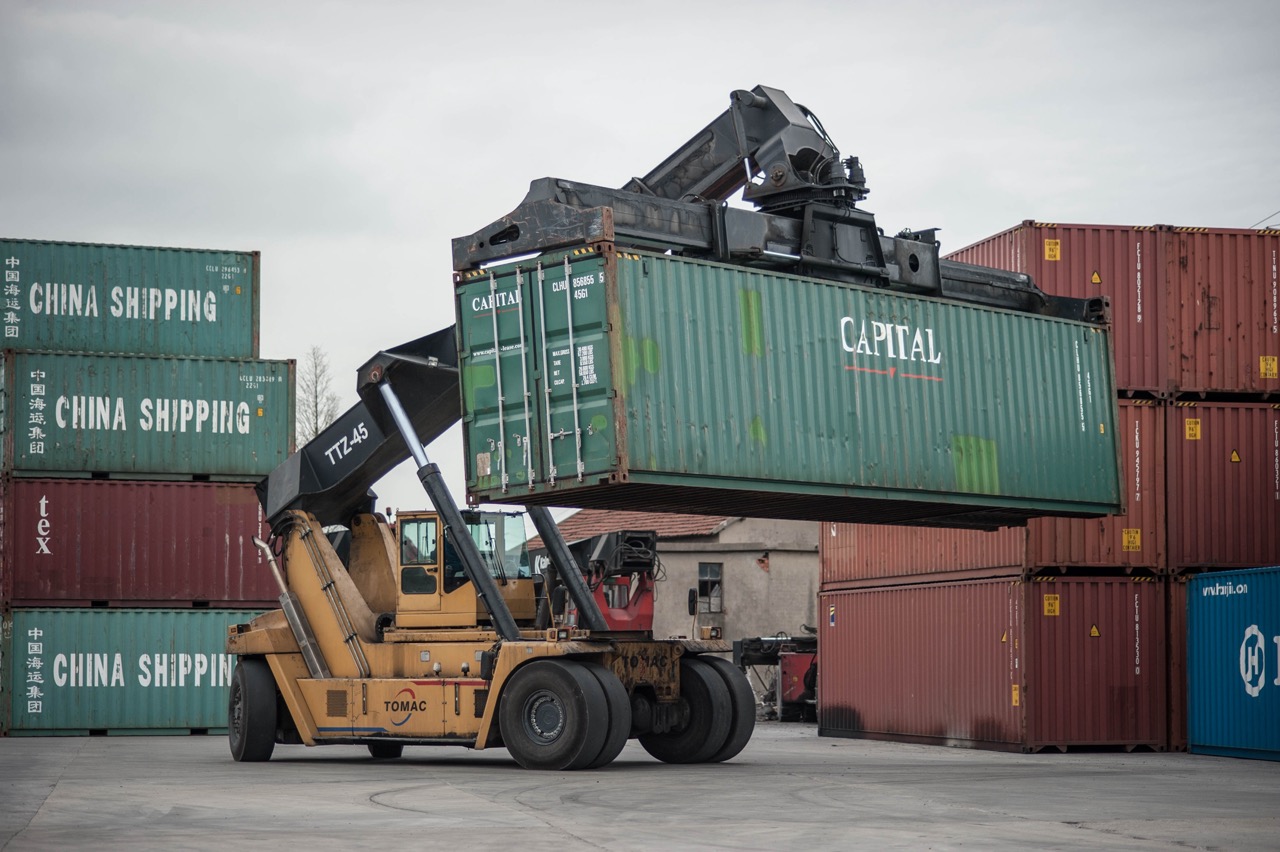How the supply disruption indicator works
Kuehne+Nagel has developed a supply disruption indicator that has been launched on the Seaexplorer platform. It is designed to assess the efficiency of international container shipments. The index measures total TEU waiting time; the data is recorded at the ports of Los Angeles, Savannah, Vancouver, New York, Rotterdam, Hong Kong and others. For the calculation they take one ship with a capacity of 10 thousand TEUs. Its waiting time to enter the port is 12 days, which in terms of TEU would be 120 thousand TEU-days. Another vessel with a capacity of 5 thousand TEU can stay at the port for 10 days, which in turn will be 50 thousand TEU-days. The total amount of downtime is 170 thousand TEU-days.
Analytical data on market development in general, trends in world trade and forecast of its development are also used to calculate the supply disruption indicator. During the period of testing the index it was found that about 80% of failures accounted for ports in the U.S. and Canada.
According to the developers of the index, its use allows to improve control over logistics processes. In addition, the index makes information about ship movements and downtime more transparent, all information is displayed on the Seaexplorer platform. For example, the latest data shows that 612 ships are now waiting for their turn near the largest ports around the world.

Analysts are confident that the information obtained will allow better monitoring of the processes in marine logistics and finding options to eliminate existing problems. Processing this information, it is possible to forecast the dynamics of implementation of chains more accurately and to eliminate negative factors in time.
It should be noted that the Fed also introduced its own index for this direction – GSCPI. It works in a similar way to the Kuehne+Nagel index. The American index takes into account the information it collects on various indicators of the transport market and the world economy as a whole. For example, the GSCPI includes data from the index, which demonstrates the dynamics of tariffs for transportation of bulk goods, prices for air transportation, as well as the container index. In addition, it includes data from the PMI collected from various countries.
The GSCPI considers 27 factors, including three variables that represent supply chain dynamics in the 7 largest economies in the world. Also in the structure of the index are sea and air rates used for logistics between the U.S., Europe and Asia.
Fed experts have calculated the index for different periods, including 1997. For example, during that period the index was 0.58 points and at the end of 2021 it was at 4.25 points. Analysts also note that last year’s index figures were the maximum for the entire time of the index calculation.


















